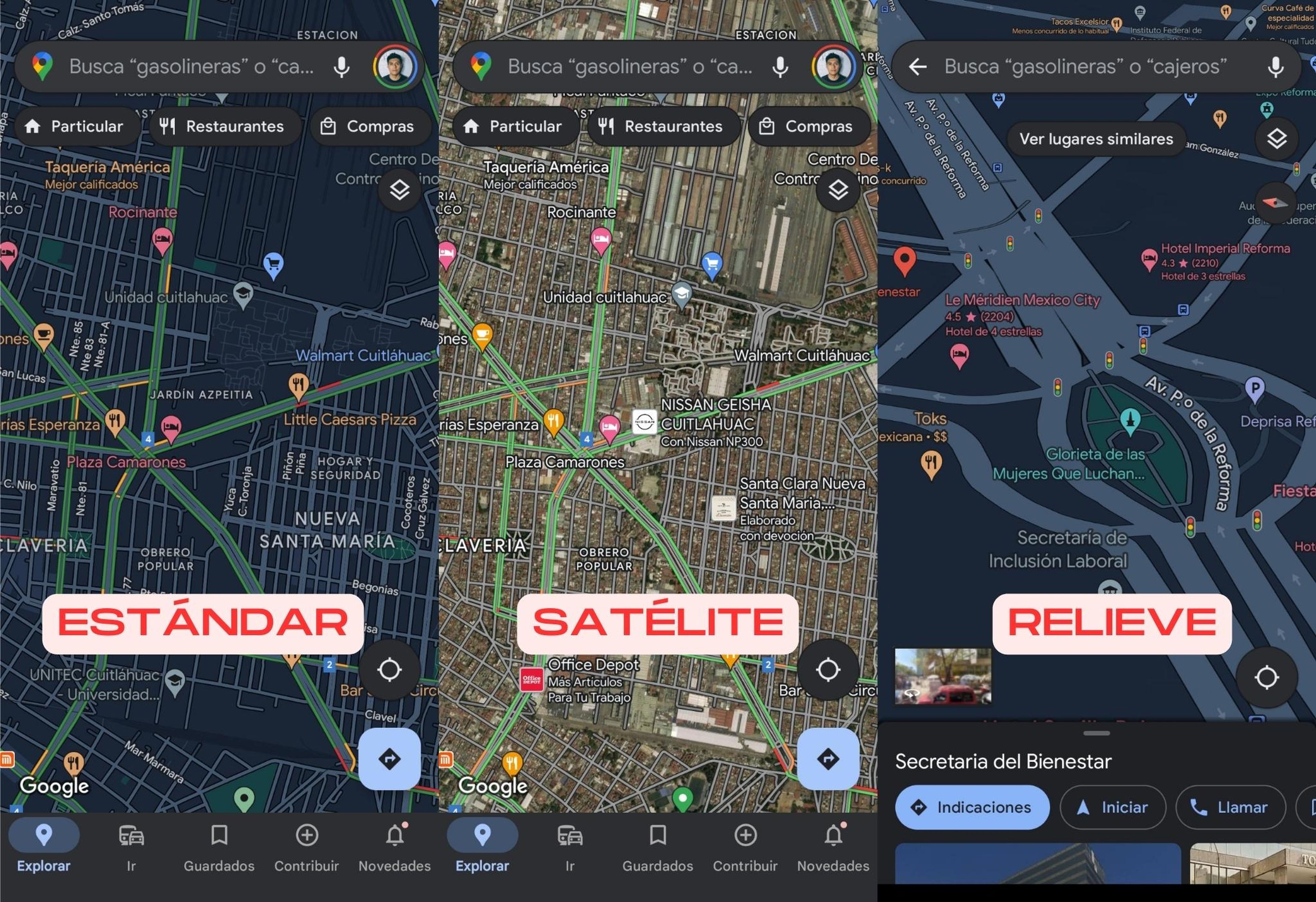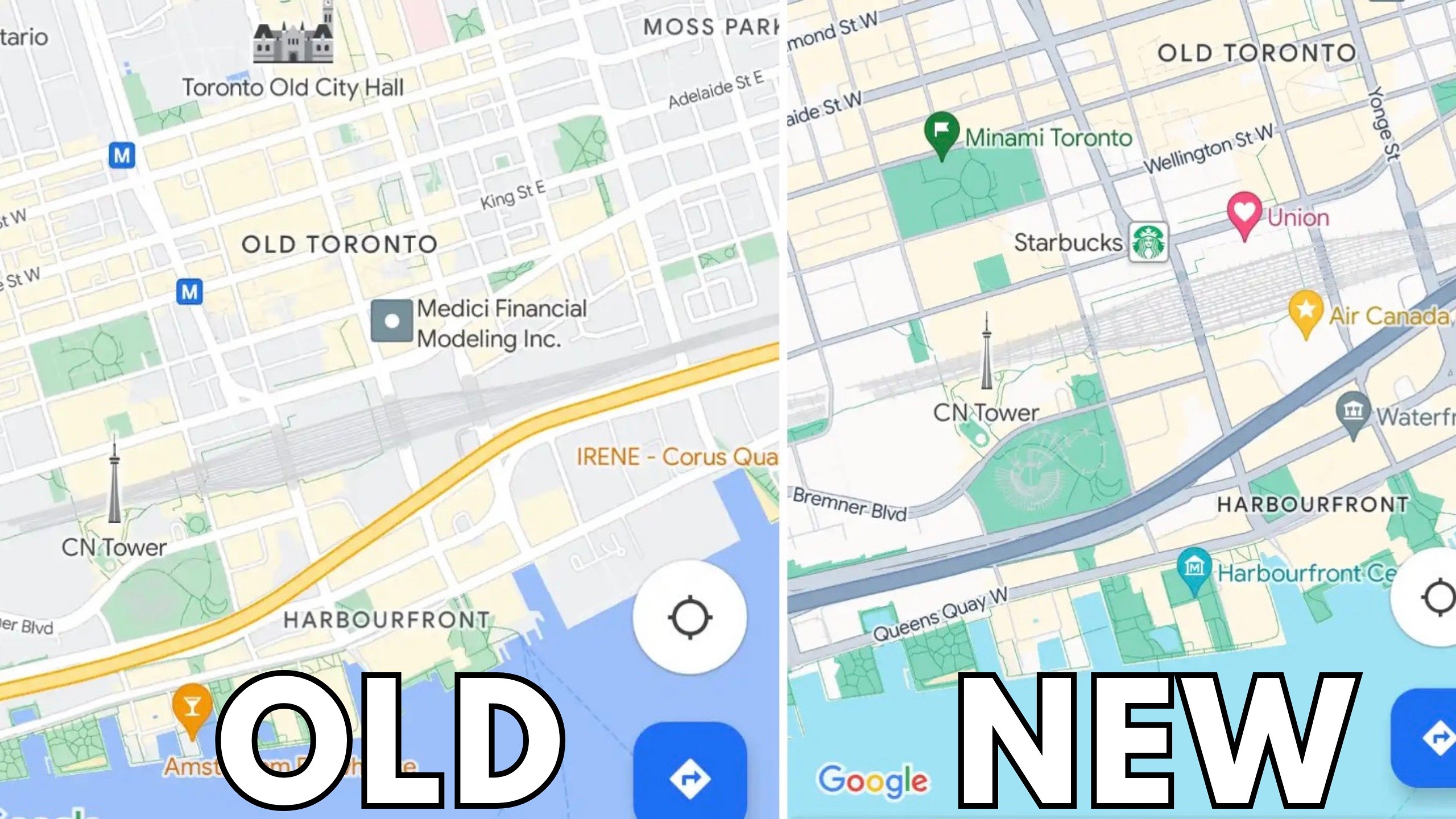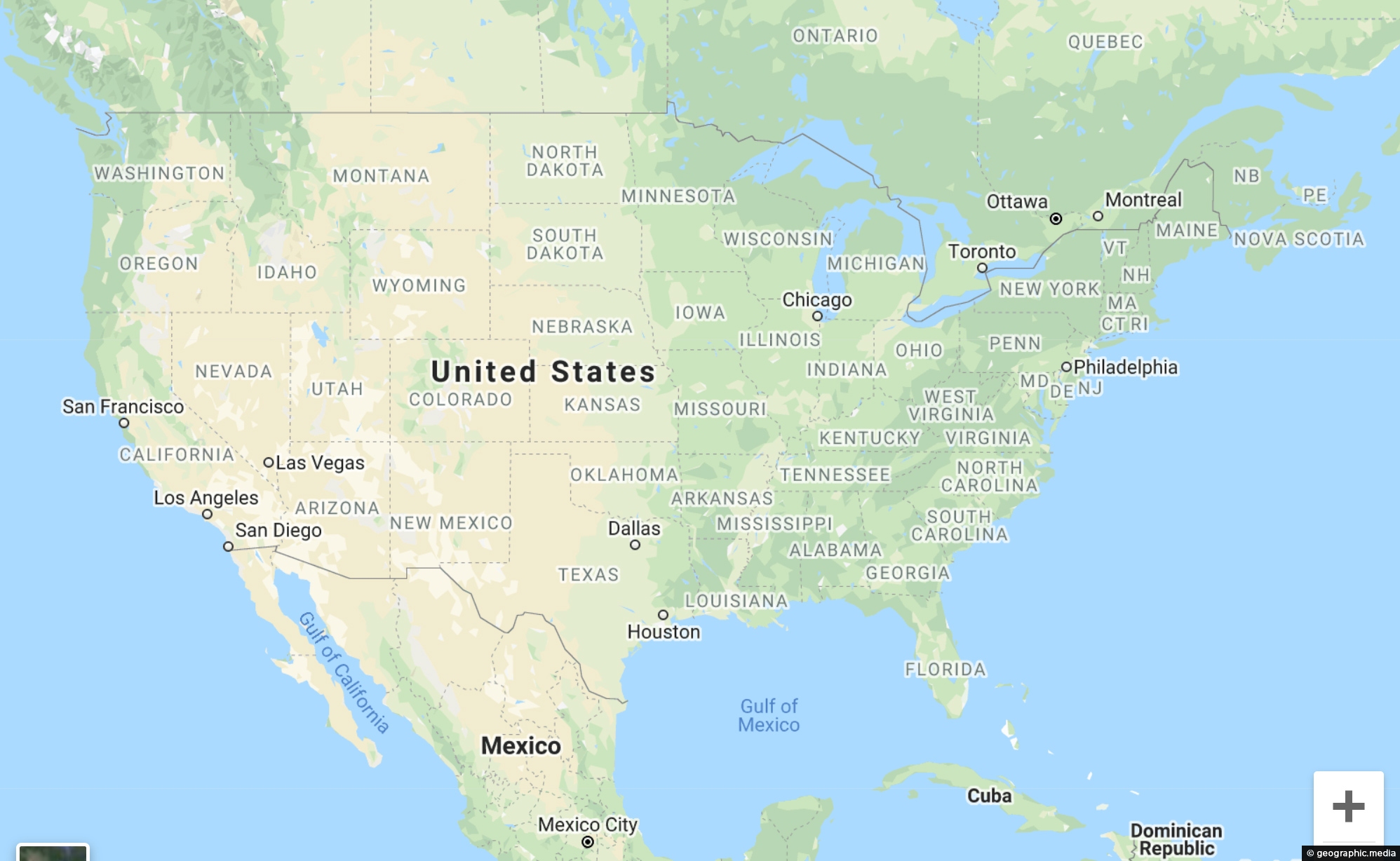
Mapping Ancient Footprints: Unearthing Native American Texas in Palo Duro Canyon
Texas is a land of vast horizons and even vaster histories. While many travel blogs focus on its iconic cities or coastal charm, the state’s most profound narratives often lie etched into its ancient landscapes, waiting to be read. This article delves into one such place: Palo Duro Canyon, not merely as a breathtaking natural wonder, but as a living, breathing map of Native American lands, a testament to the enduring presence and powerful heritage of the peoples who called this formidable canyon home for millennia.
Forget superficial tourist trails; our journey begins with an understanding that the very ground beneath our feet here is saturated with stories, routes, and sacred spaces that predate any modern map. To truly experience Palo Duro Canyon is to engage with the layered maps of Native American Texas, seeing beyond the geological formations to the human history inscribed within them.
The Canyon as an Ancestral Map: A Gateway to Deep Time

Often dubbed the "Grand Canyon of Texas," Palo Duro Canyon is an immense geological masterpiece, carving a vibrant, multi-hued scar across the otherwise flat Panhandle. Its sheer scale—120 miles long, 6 miles wide, and up to 800 feet deep—is immediately humbling. But beyond the geological grandeur, this canyon served as an indispensable map for countless generations of Native Americans. Its dramatic cliffs, hidden springs, and abundant game weren’t just features; they were guideposts, sustenance, and strategic strongholds.
For at least 12,000 years, from the Clovis and Folsom peoples hunting mammoth and bison to later tribes like the Apache, Kiowa, and most notably, the Comanche, Palo Duro was a vital hub. The canyon offered shelter from the harsh Panhandle winds, a consistent water supply in an arid region, and a diverse ecosystem supporting deer, wild turkey, and, critically, the vast herds of buffalo that defined life on the plains. This natural bounty made the canyon an invaluable resource, a central point on the mental and practical maps of every tribe that passed through or settled within its protective embrace.
Visiting today, one can almost feel the ancient pulses of life. The silence, broken only by the wind or the call of a hawk, allows for a visceral connection to the past. The canyon’s contours, its side canyons, and its hidden alcoves reveal themselves as natural fortifications and shelters, demonstrating how the land itself dictated settlement patterns and strategic movements long before cartographers drew arbitrary lines. This is the primary map we explore: the landscape itself, interpreted through the lens of human survival and thriving.
Comancheria’s Heart: Mapping a Powerful Domain

While many tribes utilized Palo Duro, it became a particularly crucial territory for the Comanche, who dominated the Southern Plains from the late 17th century through the mid-19th century. Their domain, known as "Comancheria," was a vast, formidable empire stretching across parts of Texas, New Mexico, Oklahoma, Kansas, and Colorado. Maps of Comancheria, whether drawn by European explorers or understood through the oral traditions of the Comanche themselves, illustrate a sprawling network of hunting grounds, trade routes, and war paths. Palo Duro Canyon was not merely a point within this empire; it was its strategic heart.
For the Comanche, Palo Duro served as a vital wintering ground, a secure place to shelter their families and immense horse herds from the unforgiving plains blizzards. It was a rendezvous point for councils, a place for spiritual ceremonies, and a launching pad for raids and hunting expeditions. The canyon’s intricate network of trails, known intimately by the Comanche, allowed them to move swiftly and evade detection, making it an almost impregnable fortress against encroaching settlers and the U.S. Army.
When you hike the Lighthouse Trail today, winding through the vibrant red and orange strata, imagine the thunder of thousands of hooves, the smoke from countless campfires, and the daily rhythms of a people inextricably linked to this land. The trails you follow are not just recreational paths; they are echoes of ancestral routes, part of the Comanche’s intricate, lived-in map of their world. The very air seems to hum with the history of a powerful, resilient culture that mastered this challenging environment.
Echoes of Life: Experiencing the Ancestral Landscape Today

A visit to Palo Duro Canyon State Park offers numerous opportunities to connect with this rich history. The park’s interpretive center, while offering geological insights, also provides crucial historical context. Here, you might find visual representations—historical maps, illustrations, and timelines—that explicitly depict tribal territories and significant events. These tangible maps become vital tools, allowing visitors to superimpose the historical boundaries and movements onto the physical landscape they are experiencing.
Hiking the Trails: The most direct way to engage with the canyon’s history is on foot.
- The Lighthouse Trail: This iconic 5.75-mile round trip leads to the park’s most famous hoodoo formation. As you traverse this path, consider that these natural landmarks were likely used by Native Americans for navigation, storytelling, and perhaps spiritual significance. The sheer effort of the hike, especially in the Texas heat, provides a small glimpse into the endurance required to thrive here.
- CCC Trails: Many trails within the park were originally constructed by the Civilian Conservation Corps. These routes, however, often follow older game trails or Native American paths, offering a subtle continuation of ancient movements.

Wildlife and Flora: Pay attention to the ecosystem. While the vast buffalo herds are gone, remnants of the natural world that sustained Native Americans persist. Look for deer, wild turkeys, and listen for the calls of coyotes. Observe the native plants – mesquite, juniper, various grasses – which would have been vital for food, medicine, and tools. Understanding the natural resources of the canyon helps to "read" the ancient map of survival.
The Quietude and Grandeur: One of the most powerful aspects of Palo Duro is its ability to evoke a sense of deep time. Find a quiet spot, perhaps at one of the overlooks, and simply absorb the vastness. In this stillness, it’s easier to imagine the profound connection Native Americans had with this land – a connection that transcended mere ownership and was rooted in spiritual reverence, practical knowledge, and generations of intimate coexistence. This immersive experience is where the conceptual maps of ancestral lands truly come alive.
The Clash of Worlds: A Map of Conflict and Loss
The grandeur and historical depth of Palo Duro Canyon also contain a somber chapter: the end of an era for the Plains tribes. The Red River War of 1874 marked a brutal turning point. The canyon, once a sanctuary, became the site of a decisive military engagement. On September 28, 1874, Colonel Ranald S. Mackenzie’s Fourth U.S. Cavalry launched a surprise attack on a combined village of Comanche, Kiowa, and Cheyenne in Palo Duro. While few lives were lost in the immediate skirmish, Mackenzie’s troops destroyed over 1,400 Native American horses and burned the winter supplies, effectively crippling the tribes’ ability to resist.
This tragic event, often overlooked in mainstream Texas history, is a critical part of the "map" of Native American lands. It represents the violent erasure of traditional ways of life and the forced removal of indigenous peoples from their ancestral territories. Understanding this history, even as you admire the canyon’s beauty, is essential for a complete and respectful visit. The silence in the canyon can sometimes feel heavy, imbued with the echoes of this profound loss. The maps of today, showing Palo Duro as a state park, stand in stark contrast to the maps of Comancheria, representing a seismic shift in control and land use.
Reclaiming the Narrative: Respectful Travel and Modern Understanding
Visiting Palo Duro Canyon with an awareness of its Native American history transforms a simple sightseeing trip into a profound historical pilgrimage. It’s an opportunity to move beyond romanticized notions and engage with the complex realities of American history. The land itself becomes a teacher, narrating stories of resilience, displacement, and the enduring spirit of indigenous cultures.
While there isn’t a dedicated Native American cultural center within the park itself (a missed opportunity, perhaps), the act of traveling here with intention and an informed perspective is a powerful step. Seek out any interpretive materials that shed light on the indigenous history. Engage with the landscape not just as a geological marvel, but as a cultural artifact.
Practical Travel Tips for an Immersive Visit:
- Best Time to Visit: Spring and fall offer the most comfortable temperatures for hiking. Summer can be brutally hot, making early morning or late afternoon activities essential.
- What to Bring: Ample water is non-negotiable, especially for longer hikes. Sturdy hiking shoes, a hat, sunscreen, and layers of clothing are also recommended.
- Camping/Lodging: The park offers various camping options, from primitive sites to those with electricity. Staying overnight enhances the connection to the canyon, allowing for stargazing and experiencing the quietude. Nearby Amarillo offers hotel accommodations.
- Visitor Center: Start your visit here to gather maps, trail information, and historical context.
- Respect the Land: Stay on marked trails, pack out everything you pack in, and leave no trace. This respect extends to the historical and cultural significance of the area.
Conclusion: Reading the Land’s Ancient Maps
Palo Duro Canyon is far more than a scenic stop; it is a profound historical document, a living map of Native American lands in Texas. By visiting this remarkable place with an open mind and a willingness to learn, travelers can peel back the layers of time, understanding how the very contours of the earth shaped the lives, cultures, and destinies of the Apache, Kiowa, and especially the Comanche peoples.
The maps of Native American lands aren’t just old parchments in a museum; they are embedded in the landscape of Palo Duro itself. They are in the wind whispering through the juniper, the red earth beneath your feet, and the vast, unyielding sky above. To travel here is to embark on a journey through time, to honor the ancestral footprints, and to gain a deeper appreciation for the rich, complex tapestry of Texas’s indigenous heritage. This is a travel experience that resonates long after you’ve left the canyon’s depths, leaving you with a lasting impression of a history as grand and enduring as the canyon itself.
